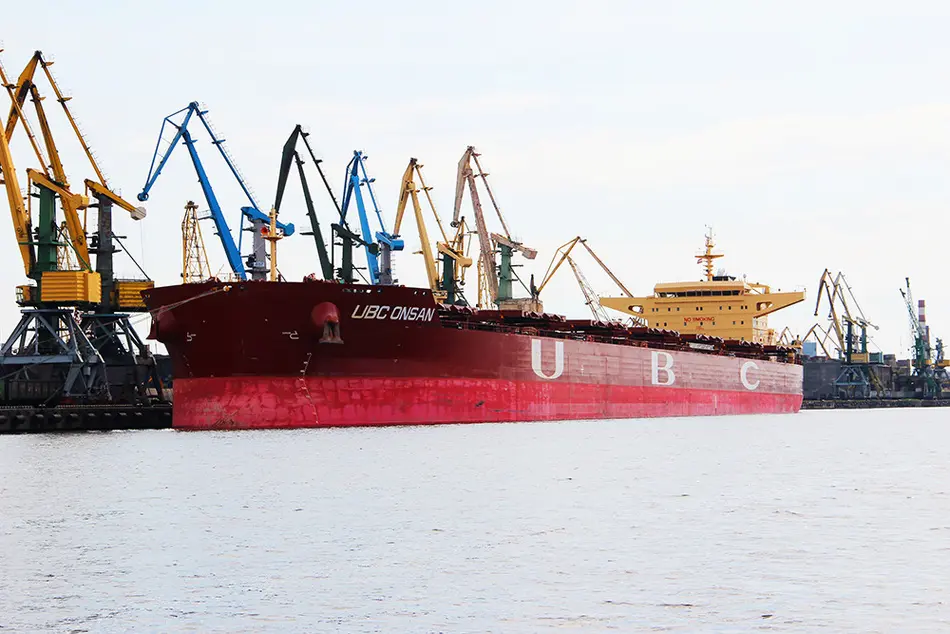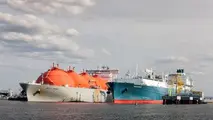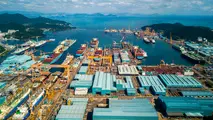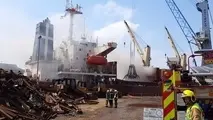Port of Riga Is Ready to Welcome Large Vessels
Latvian Port of Riga has invested millions of euros in its infrastructure in order to be able to accommodate large vessels.

Latvian Port of Riga has invested millions of euros in its infrastructure in order to be able to accommodate large vessels.
As explained, cargo owners wish to reduce their costs and carry out shipments using ships with a greater deadweight capacity. As a result, the port handled in 2017 almost three times more cargo than in 1997, while the total number of incoming merchant ships dropped from 4,029 in 1997 to 3,422 in 2017.
“The trend is clear: the number of ships coming to the port is decreasing, but their capacity increases,” A. Brokovskis, Captain of the Freeport of Riga, commented on the data.
The size of ships has been growing in the Port of Riga particularly rapidly during the past decade. In 2010, the port accepted only 110 ships with the deadweight capacity of more than 50,000 tons, while last year their number was 214. The number of large ships has doubled within this period. The main reason for the constant increase in the size of ships is the desire by cargo carriers for cheaper shipments, whereas the recent rapid increase is also related to the reconstruction of the Panama Canal.
Increasingly, large ships also pose new challenges for the Port of Riga. These ships require deeper and wider navigation channels. Over 20 years, almost EUR 90 million has been invested in dredging at the Port of Riga. Moreover, investments had to be made not only in dredging work but also in IT infrastructure, navigation systems and employee training. Managing larger ships also requires greater competence of port services and pilots in particular, according to the port.
The successful handling of large ships at the port does not depend on the depth and width of the navigation canal alone. It requires appropriate infrastructure on the shore as well. Hence, requirements for stevedoring companies operating in the port have increased.
“In order to handle large ships quickly, we need greater railway and road transport capacity, as well as larger warehouses and modern handling technologies. Likewise, we have invested almost EUR 10 million in the extension of the pier to enable the terminal to accept larger ships and operate under new competitive conditions,” Jānis Kasalis, Deputy CEO of SIA Rīgas universālais termināls, said.
Source: worldmaritimenews



